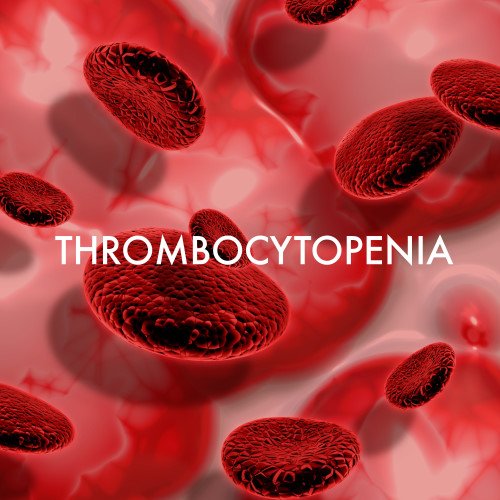Thrombocytopenia is a condition characterized by low platelet count in the blood. Platelets, or thrombocytes, are crucial for to prevent bleeding, clot formation, normal platelet counts ranges from about 150,000 to 450,000, Thrombocytopenia can present with easy bruising without significant trauma, small red or purple spots on the skin and prolonged bleeding from cuts or injuries. Patients may experience frequent gum bleeding, heavy menstrual periods, and general fatigue, especially if there is significant blood loss. Additional signs include unexplained or frequent nosebleeds and in more severe cases blood in urine or stool or unexplained abdominal pain. The diagnosis of thrombocytopenia begins with a complete blood count (CBC), which reveals a low platelet count.
If you experience any of these symptoms, you have to consult hematologist. Peripheral blood smear may be performed. Additional tests may include bone marrow biopsy to identify cause, other tests may include viral serology’s, autoimmune panels, or leukemia testing panel. Identifying the etiology is crucial for determining the appropriate management and treatment plan. Management of thrombocytopenia depends on its cause. Options include corticosteroids for autoimmune causes, intravenous immunoglobulin (IVIG) for acute situations, and thrombopoietin receptor agonists to stimulate platelet production or treatment of the leukemia.


